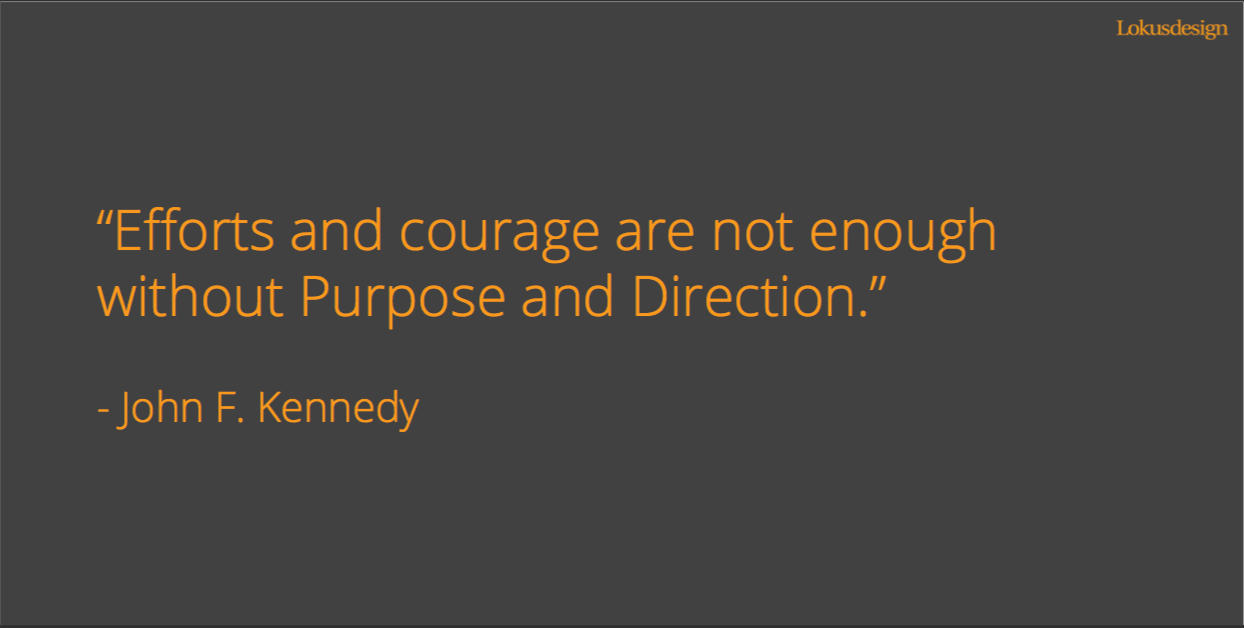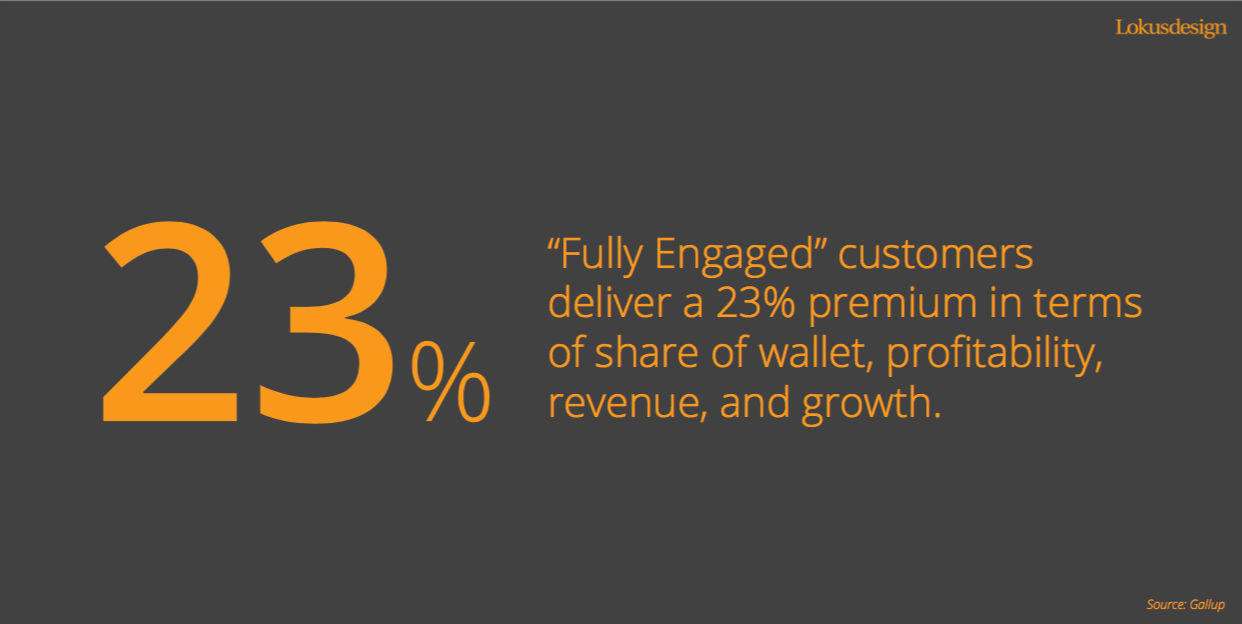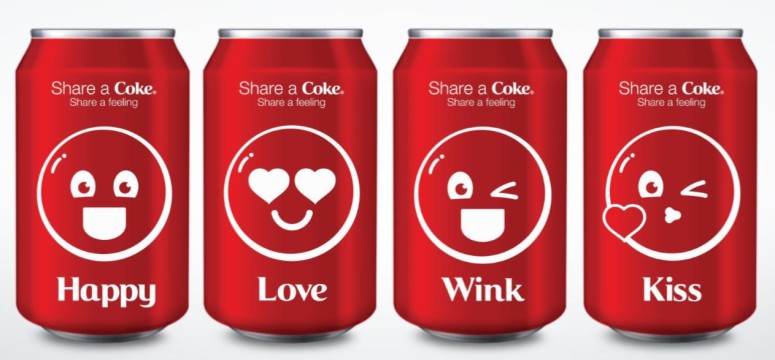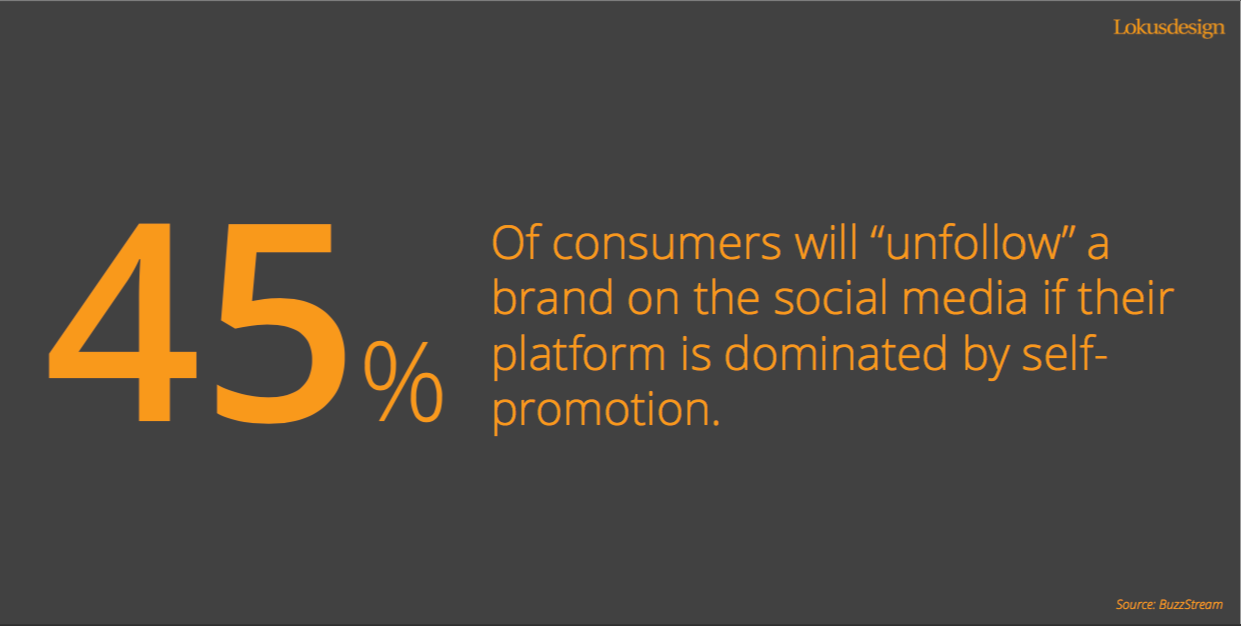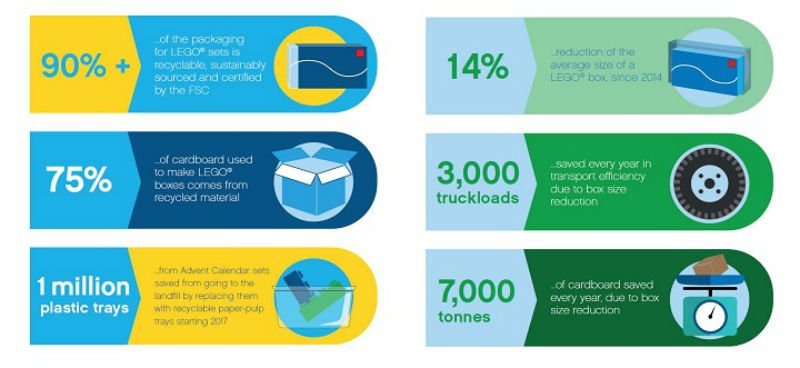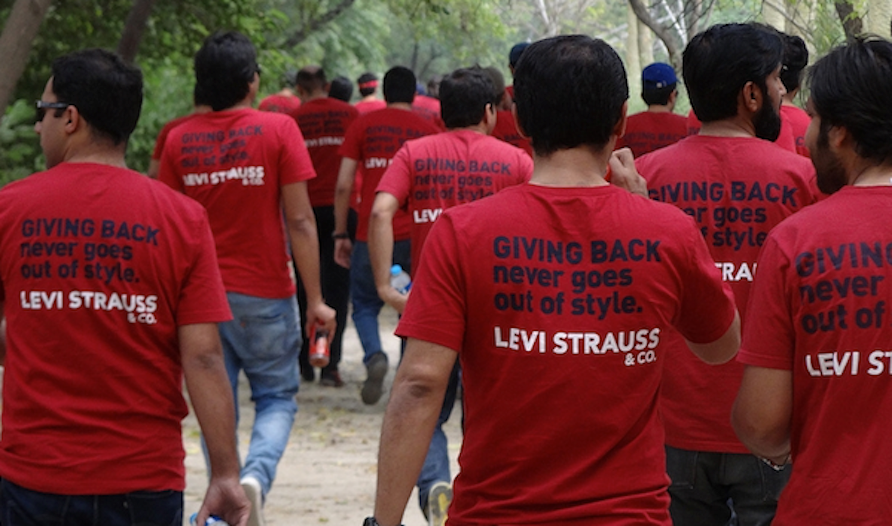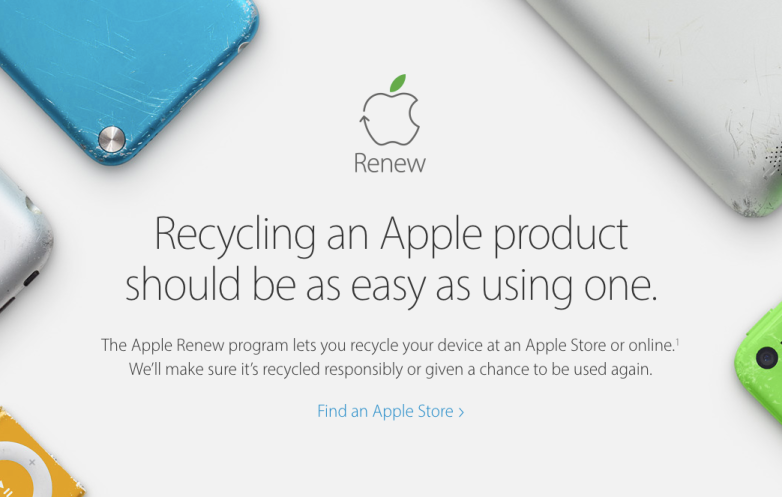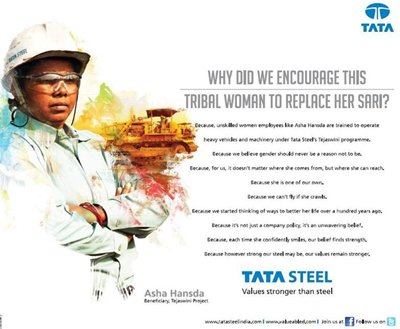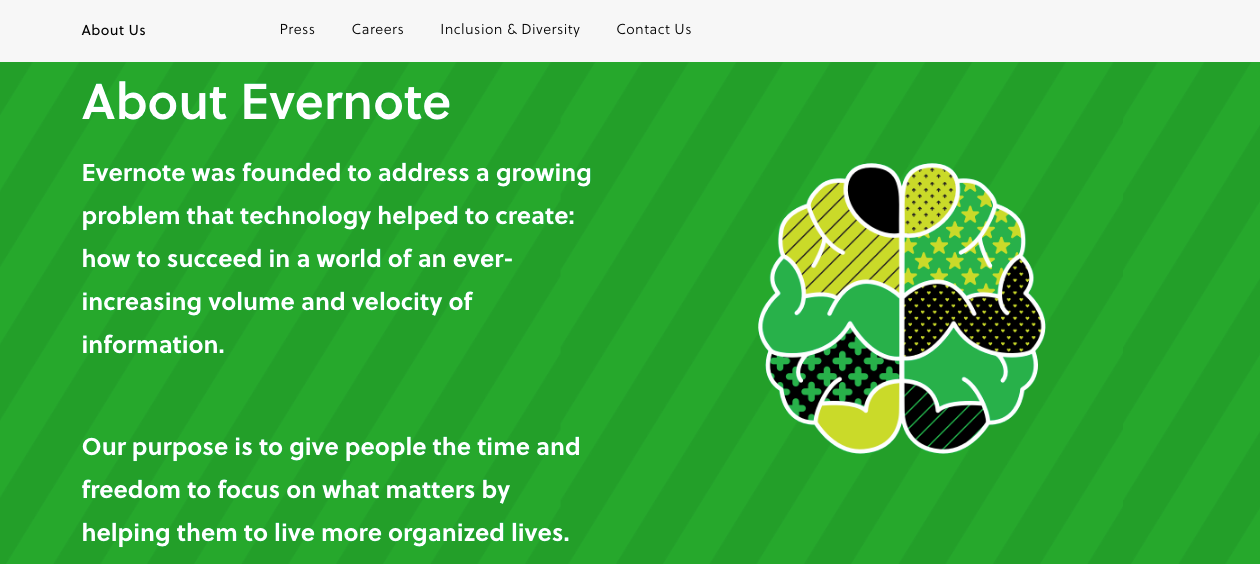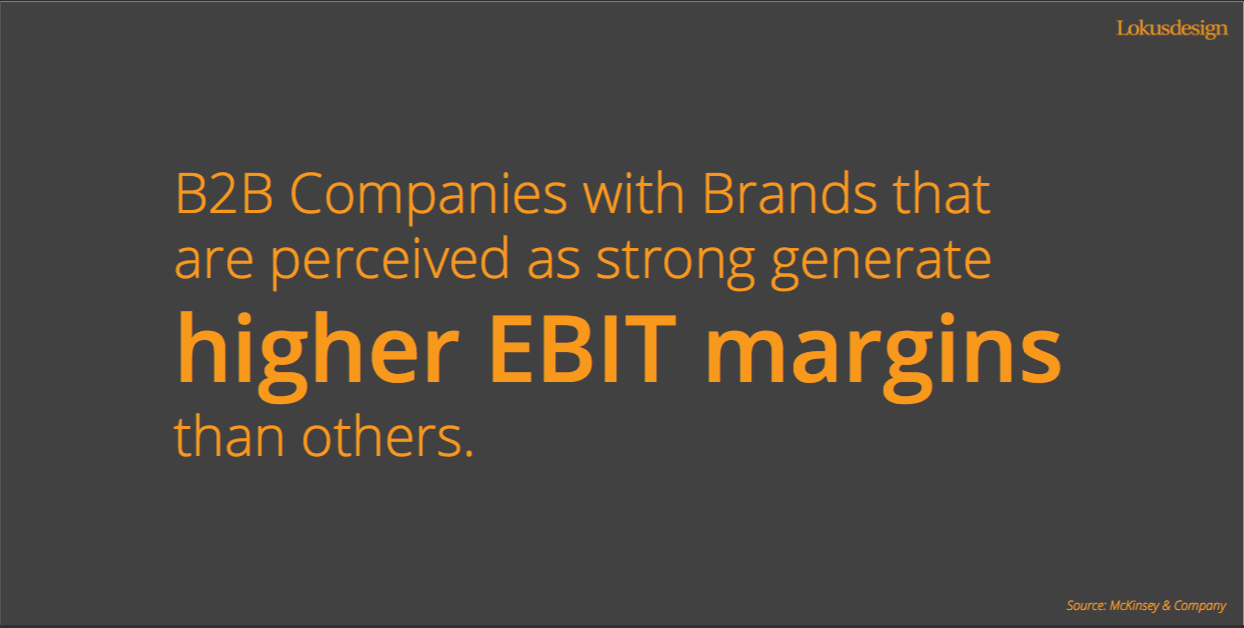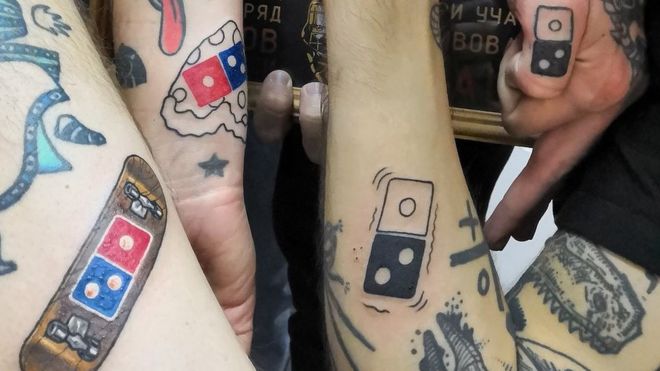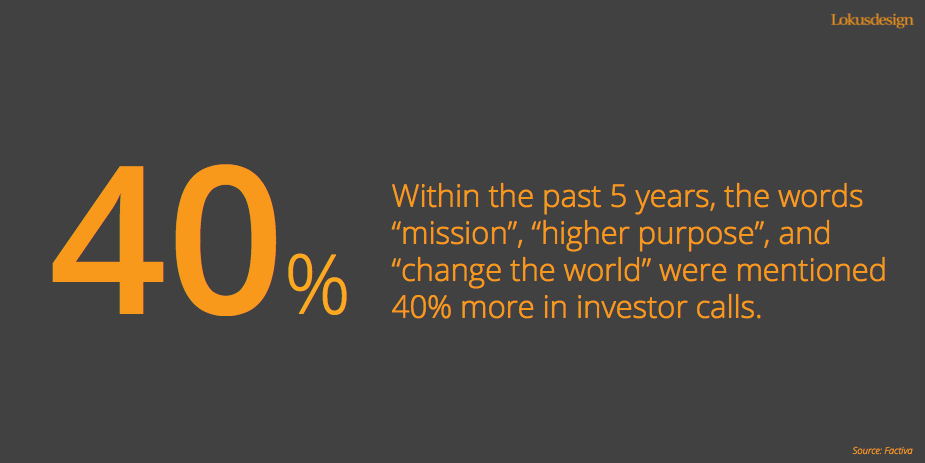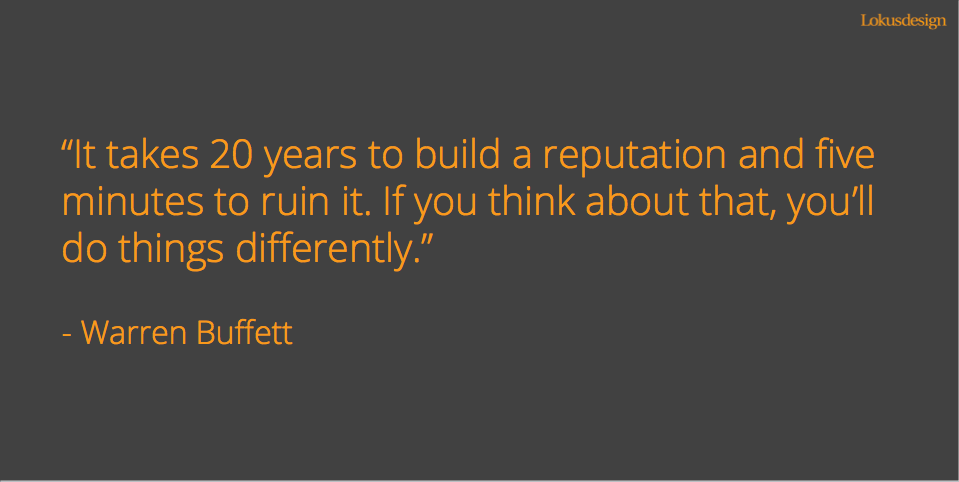What a Classic Brand Can Do to Stay Relevant to Gen Z
The arrival of the millennial generation has changed the business landscape beyond recognition in the last 20 years. Worldwide, millennials formed the largest section of the working population in 2018. To accommodate the needs of this generation, companies made several changes; they introduced the concept of remote working, flexible timings, non-hierarchical structures, and the extensive use of technology. The same has happened on the branding front.
Brands had to adopt a completely different approach to communicate and connect with this well-informed generation. While most brands pulled up their socks and metamorphosed to accommodate the changes demanded to engage this generation, several others found it challenging to keep up with the millennials. Now, if you think millennials were difficult to deal with, here’s the update, an even more aggressive generation has just arrived- Gen Z.
Born after 1997, Generation Zs are known to be independent, super-connected and pragmatic. Roger Casey, president of McDaniel College in Westminster, said that “Gen Zs grew up in a dramatically different era. We’re just beginning to see transitions that are going to make them distinctly different from the younger people. ”
Gen Zs have lived their entire life in the era of mobile technology and have had access to social media for most of their lives. Therefore, brands will now have to change their approach yet again to stay relevant to this generation. Bobby Calise, Vice President of Ybrands, shed light on this subject- “In the past, brands might have considered playing it safe for fear of alienating its customer base. But in today’s social and political climate, not taking a risk is arguably riskier- when it comes to brands taking stands.”
Of course, taking a stand comes with its own risks. It’s tempting to succumb to the chaos of the marketverse and take “cause of the day” positions. This will draw eyeballs and get attention. But the risk is that the brand will appear inauthentic and untrustworthy. Thus brands need to pick stands that align with their core values and the Purpose that drives them.
Of course, it is easier for new brands to take risks and change their marketing strategy to connect with Gen Z because they have no baggage of past association. This is not the same for classic brands. They are well-known, their motivations and values are established, and they have been in the full glare of public opinion for years. So, what can famous age-old brands do to stay relevant to this new generation? Let’s take a look at a few brands that know how this is done.
Dove
Dove entered the market in 1955. It is sold in over 80 countries and is used by men, women, and babies. Despite having been in the market for 64 years, Dove has succeeded in creating magic and attracting the newest generation of buyers- Gen Z. And they’ve done it beautifully and uniquely. They released a new campaign addressing the unique struggles faced by adolescent girls. They have always focused on “real people”. By continuing to defy social conventions and unrealistic standards of beauty, Dove touched the hearts of the Gen Zs by making them feel like there’s more to them than just superficial and unattainable ideals of looks.
Adidas
Founded in 1949, Adidas has been a manufacturer of shoes, clothing, and accessories for about 70 years. In spite of the brand’s age, it is a favorite amongst the Gen Zs. Its recent Stan Smith collection made it Gen Zs favorite sneaker brand. Apart from its street style aesthetic which appeals to Gen Z, Adidas has been a pro at marketing as well. Adidas used pop culture to attract their audience. Adidas partnered with UK grime artist Stormzy to market its sportswear range. They promoted themselves as a youth-centric brand with an edge in design. The strong focus on sports continues, even as the sports themselves adapt to the changing generations.
Maybelline
A survey revealed that Gen Zs spend more on beauty than on apparel. And when it comes to shopping for cosmetics, age-old brand, Maybelline is a surprise favorite amongst the Gen Zs. Founded in 1915, Maybelline has been around for 104 years. Yes, you heard it right- it’s been over a century since this cosmetic brand has been in the market. Apart from providing excellent quality at pocket-friendly rates, Maybelline attracted Gen Z by collaborating with influencers to ace their social engagement game. Maybelline appointed Gigi Hadid, a famous youth icon to promote their products on social media. They talked to their audience where they lived their lives -online. The message is the same but it’s delivered in a very current vocabulary and meter.
Levi’s
Founded in 1853, Levi’s has been in the market for 166 years. Levi’s is a perfect example of a brand that has accommodated the Gen Zs but has also maintained its heritage brand. Recognizing that the generation needed to be addressed differently, Levi’s went out of its way to engage with representatives of the generation. For instance, they rolled out a flagship store dedicated the Gen Z in consultation with a German agency run by teenagers. In keeping with its age-old story of fashion with practical utility, the brand introduced variants of stretchable and athleisure pants. These products were appealing to the Gen Zs, but Levi’s also continued to manufacture its range of standby products. Well, this is how you get the best of both worlds!
The key takeaway from these brands and their youth-focused marketing campaigns is how they all exhibit the free-spirited and break-free attitudes of Gen Z. This new generation does not accept stereotypes and has its arms open to diversity. But the cornerstone of their success is authenticity and staying true to what the brand represents. Clearly, if brands want to attract this unique lot, they must shift their perspective and tell an old story in a new way.
Write to us on info@lokusdesign.com.


